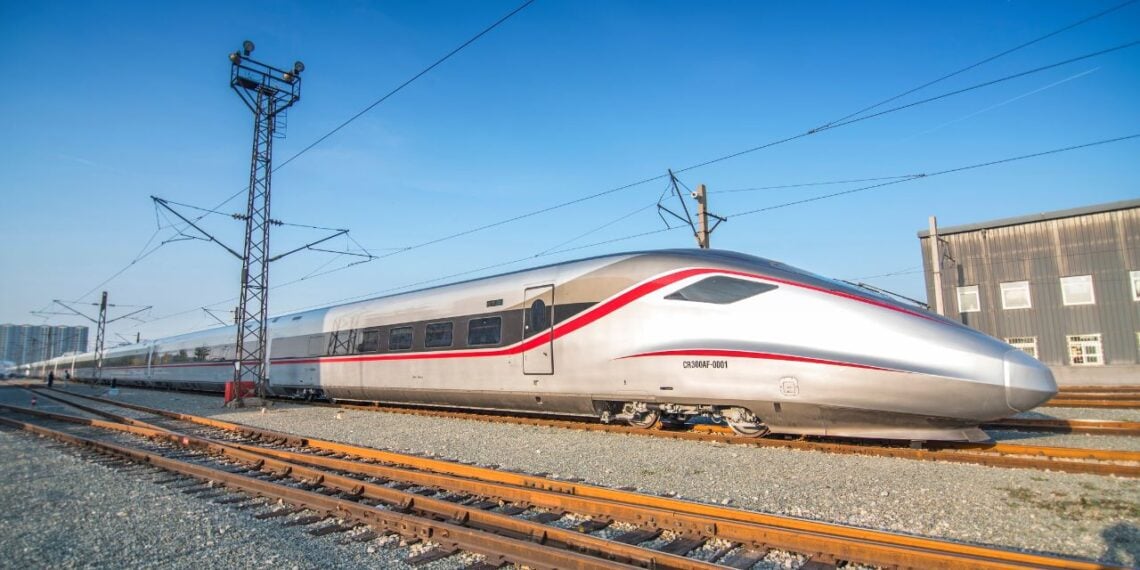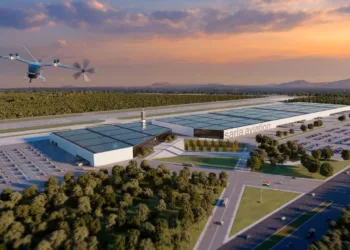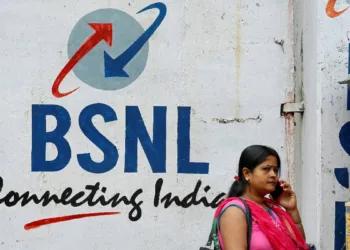India’s ambitious high-speed rail revolution received a major boost as Railway Minister Ashwini Vaishnaw announced that the entire Mumbai-Ahmedabad bullet train corridor will be operational by December 2029. Speaking in Parliament on July 23, 2025, Vaishnaw revealed that the Gujarat stretch between Vapi and Sabarmati is likely to be ready by December 2027, marking a significant milestone in India’s transportation modernization journey.
Table of Contents
India’s Bullet Train Project Timeline: From Vision to Reality
The Mumbai-Ahmedabad High Speed Rail (MAHSR) project has shown remarkable progress despite initial challenges. The project recently reached a major breakthrough after completing more than 300 kilometers of viaducts, demonstrating the scale and complexity of this engineering marvel.
Overall physical progress of 41.72% has been achieved up to March 31, 2024, with Gujarat leading at 50.70% completion and Maharashtra at 23.27%. The financial progress stands at 48.80% with an expenditure of ₹59,292 crores incurred.
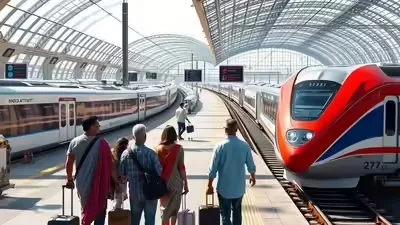
Mumbai-Ahmedabad Bullet Train: Project Overview
| Project Details | Specifications |
|---|---|
| Total Distance | 508 kilometers |
| Maximum Speed | 350 km/h (220 mph) |
| Travel Time Reduction | From 7+ hours to under 3 hours |
| Project Cost | ₹1,08,000 crores (~$13 billion) |
| Funding Source | Japan (50-year loan at 0.1% interest) |
| Technology Partner | Japan’s Shinkansen System |
| Gujarat Section Completion | December 2027 (Vapi to Sabarmati) |
| Full Project Completion | December 2029 |
| Stations | 12 stations across Maharashtra and Gujarat |
Breaking Down the Construction Progress
The first high-speed railway corridor between Mumbai and Ahmedabad is currently under construction with a designed maximum operational speed of 350 km/h. The project spans multiple phases, with current projections estimating the first leg of the system between Surat and Bilimora to be opened in 2026.
The acceleration in construction pace is particularly notable in Maharashtra, where significant progress has been made after earlier delays due to permission issues during the Uddhav Thackeray government.
Economic Impact and Strategic Importance
This bullet train corridor represents more than just faster transportation—it’s an economic game-changer. When completed, this high-speed train will reduce travel time between Mumbai and Ahmedabad from over seven hours to just under three, creating unprecedented opportunities for business, tourism, and regional development.
The project utilizes Shinkansen bullet trains from Japan as part of a testing partnership between the two nations, ensuring world-class technology and safety standards. For insights into India’s infrastructure modernization strategies and high-speed rail development worldwide, this project serves as a benchmark for future transportation initiatives.
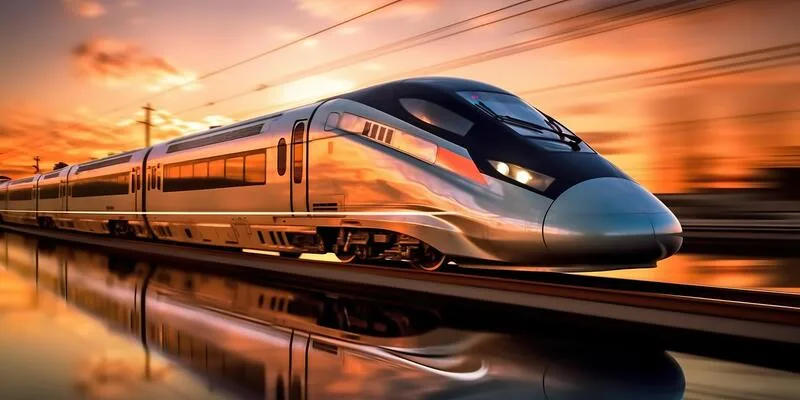
Technology and Safety Features
The Mumbai-Ahmedabad corridor incorporates cutting-edge Japanese Shinkansen technology, known globally for its punctuality, safety, and efficiency. The trains will feature advanced safety systems, earthquake detection capabilities, and aerodynamic designs optimized for Indian conditions.
The infrastructure includes elevated viaducts, tunnels, and modern stations designed to handle high passenger volumes while maintaining operational excellence.
Overcoming Initial Challenges
The project faced several hurdles in its early phases, including land acquisition issues and regulatory approvals. However, the financing structure through a 50-year ₹88,087 crore loan from Japan at an interest rate of 0.1%, with repayments scheduled to start 15 years after the line becomes operational, provided the necessary foundation for sustained progress.
The collaborative approach between Indian and Japanese engineers has ensured knowledge transfer while maintaining project timelines.
Future Expansion Plans
As of 2023, eight such corridors have also been proposed, indicating India’s commitment to developing a comprehensive high-speed rail network. The success of the Mumbai-Ahmedabad corridor will serve as a template for future projects connecting major Indian cities.
Environmental and Social Benefits
Beyond economic advantages, the bullet train project promotes sustainable transportation by reducing carbon emissions and road congestion. The electrified system aligns with India’s renewable energy goals and urban planning objectives.
The project also creates thousands of jobs during construction and operation phases, contributing to skill development in advanced railway technologies.
For comprehensive coverage of India’s infrastructure developments, follow The Hindu’s national news section and stay updated with Indian Railways’ official announcements for the latest project updates.
Stay informed about India’s infrastructure progress by following Press Information Bureau updates and Railway Technology news for detailed analysis of high-speed rail developments worldwide.
Frequently Asked Questions
Q: When will India’s first bullet train start commercial operations?
A: According to Railway Minister Ashwini Vaishnaw, the Gujarat section from Vapi to Sabarmati will be completed by December 2027, while the entire Mumbai-Ahmedabad bullet train corridor spanning 508 kilometers will be fully operational by December 2029.
Q: What will be the travel time and cost benefits of the bullet train?
A: The bullet train will reduce travel time between Mumbai and Ahmedabad from over 7 hours to under 3 hours, operating at speeds up to 350 km/h. The project is financed through a 50-year Japanese loan at 0.1% interest, with repayments starting 15 years after operations begin, ensuring cost-effective high-speed connectivity.

